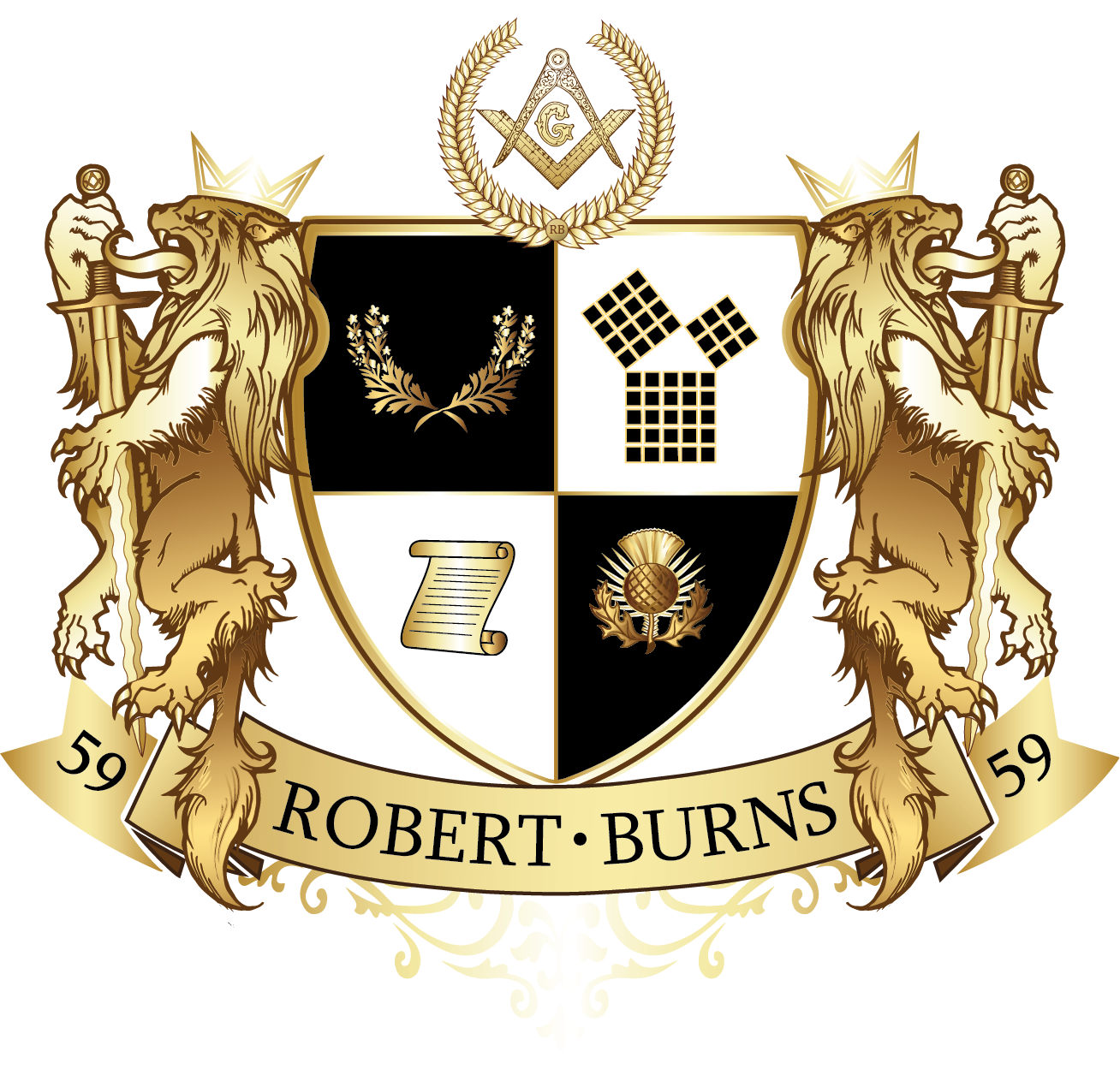Welcome to the Robert Burns Test Page
A test page is a critical component in website development and maintenance. It serves multiple purposes, allowing developers and testers to verify the functionality, performance, and appearance of various website features before deploying them to the live site.
The goals of this TEST PAGE are:
Header: Include a header section that displays the website’s logo or name, providing a consistent branding element throughout the website. It should also include navigation links to different sections or pages within the test site.
Content Sections: Divide the test page into multiple content sections to mimic the layout of the actual website. Each section should represent a different type of content or functionality. For example, you could include sections for text content, images, forms, interactive elements, or data tables.
Placeholder Content: Since this is a test page, use placeholder content such as Lorem Ipsum text, generic images, or sample data. This helps testers focus on evaluating the functionality and layout rather than getting distracted by the actual content.
Form Elements: Incorporate various form elements, such as text fields, checkboxes, radio buttons, dropdown menus, and submit buttons, to assess their behavior and responsiveness. Ensure that they are properly labeled and functional.
Interactive Components: Integrate interactive elements like buttons, sliders, tabs, or accordions to test their usability and responsiveness. These elements should respond correctly to user actions and showcase the expected behavior.
Error Handling: Include scenarios that test error handling and validation. For example, try submitting a form with incorrect or missing information to ensure appropriate error messages are displayed.
Responsive Design: Test the page’s responsiveness by incorporating media queries to adapt the layout to different screen sizes. Check how the elements and content adjust on various devices, such as desktops, tablets, and mobile phones.
Browser Compatibility: Test the page on multiple web browsers (e.g., Chrome, Firefox, Safari, Edge) to ensure cross-browser compatibility. Make sure the elements display correctly and function as intended across different browsers.
Accessibility: Pay attention to accessibility standards, such as providing alternative text for images, using proper heading structure, and ensuring keyboard navigation. Test the page using assistive technologies like screen readers to verify accessibility compliance.
Testing Instructions: Provide clear instructions or guidelines for testers to follow while evaluating the test page. Include specific test cases or scenarios that they should test, ensuring comprehensive coverage of the website’s features and functionality.
Remember, the goal of the test page is to identify and rectify any issues or bugs before launching the website. It allows developers and testers to iterate, refine, and improve the website’s user experience, performance, and functionality.
